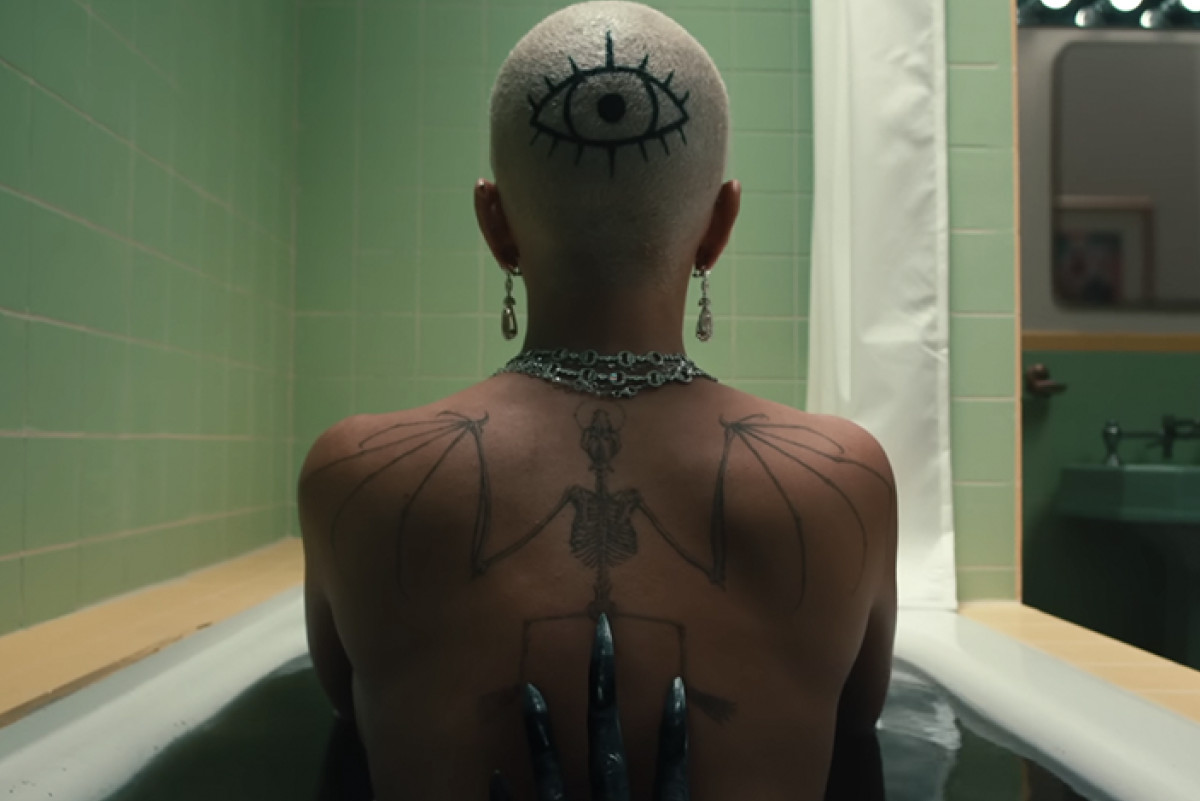 Doja Cat
Doja Cat
Sourced from the “Demons” Music Video by Doja Cat
Doja Cat, the artist known for her genre-bending music, has recently embraced a new image that has sparked intense debate: a seemingly demonic persona. This shift, characterized by devilish imagery, satanic references, and controversial statements, has left fans and critics alike questioning the authenticity and intent behind her actions. Is Doja Cat genuinely expressing a darker side, or is this carefully constructed demonic persona a calculated move to generate buzz and redefine her artistic identity?
The evolution of Doja Cat’s public image has been dramatic. From her earlier pop-rap hits to her current trajectory, she has consistently pushed boundaries. However, her recent embrace of demonic symbolism, evident in her tattoos featuring devilish figures, music video visuals filled with hellish landscapes, and even social media posts seemingly embracing Satan, marks a significant departure. This overt demonic aesthetic is not just a subtle artistic choice; it’s a bold statement that has ignited conversations across the music industry and among her fanbase.
This demonic turn has elicited a spectrum of reactions. Some fans applaud Doja Cat for what they perceive as an embrace of her “authentic self.” They see her demonic persona as a rejection of mainstream expectations and a courageous step towards artistic freedom. These supporters argue that her new music, often darker and more experimental, aligns with this demonic image, creating a cohesive and compelling artistic vision.
However, not all reactions have been positive. Many fans have expressed concern and even disappointment. The overt demonic imagery and lyrical themes have alienated some who appreciated her earlier, less controversial work. Critics point to the potentially harmful nature of glorifying demonic figures and symbols, especially to a young and impressionable audience. Furthermore, her public criticism of her own fanbase has further fueled the controversy, leaving some feeling betrayed and questioning the sincerity of her artistic transformation.
Despite the backlash, Doja Cat’s music continues to achieve commercial success. Her single “Paint The Town Red,” released amidst this demonic persona era, achieved record-breaking streaming numbers, demonstrating that controversy can indeed drive attention and engagement. This success raises the question: is the Doja Cat Demonic persona a genuine artistic expression, or a strategically crafted character designed to maximize publicity?
Some observers believe that Doja Cat’s demonic image is intentionally provocative, a calculated move to stay relevant in a constantly evolving music landscape. The phrase “any publicity is good publicity” comes to mind, as the controversy surrounding her demonic persona has undoubtedly kept her name in headlines and generated significant online discussion. This perspective suggests that the demonic aesthetic is less about genuine self-expression and more about grabbing attention and solidifying her position as a disruptive and unpredictable artist.
Ultimately, the true intentions behind Doja Cat’s demonic persona remain ambiguous. Whether it’s an authentic exploration of a darker artistic side or a shrewd marketing strategy, the “doja cat demonic” phenomenon has undeniably made a significant impact on her career and sparked a broader conversation about artistic authenticity, controversy, and the ever-blurring lines between persona and reality in the music industry. The ongoing evolution of Doja Cat’s artistic journey will undoubtedly continue to be closely watched and debated.

